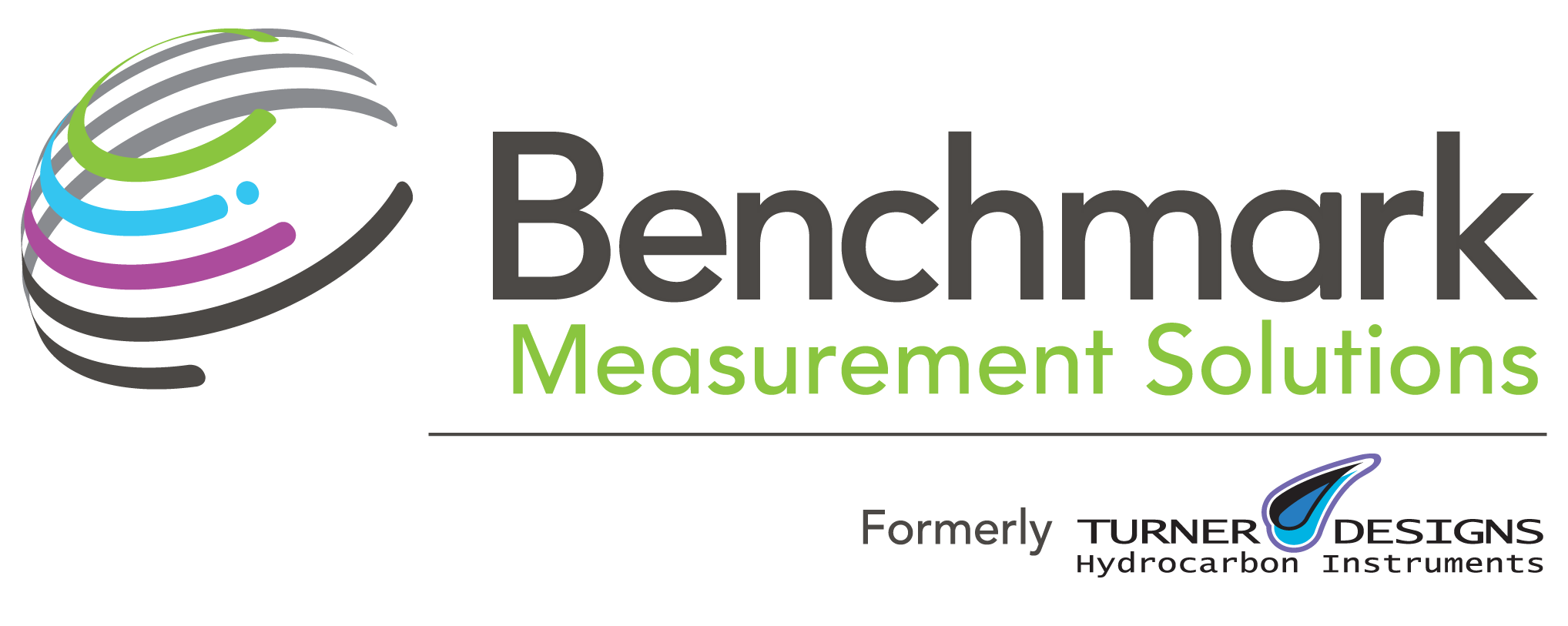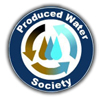The Situation
Refineries use a significant amount of steam in the process of distilling gasoline, diesel and other hydrocarbon products. The refinery design will collect and return as much steam as possible to save on energy, water consumption and sewering costs. For some refineries 50% of the steam can be recovered. Because the return steam can be contaminated by hydrocarbon leaks in the heat exchangers, refineries often will install a monitoring system to alert operators when a hydrocarbon leak has occurred.
The Problem
 Refineries located near a large body of water, like a lake, river or ocean, can use this water source to make up for lost boiler water. Plant operators need to differentiate between contamination from the water source and any contamination introduced by the heat exchangers. A total organic carbon (TOC) analyzer can indicate the natural organics concentration from the lake, but a second measurement method is required for petroleum hydrocarbons.
Refineries located near a large body of water, like a lake, river or ocean, can use this water source to make up for lost boiler water. Plant operators need to differentiate between contamination from the water source and any contamination introduced by the heat exchangers. A total organic carbon (TOC) analyzer can indicate the natural organics concentration from the lake, but a second measurement method is required for petroleum hydrocarbons.



